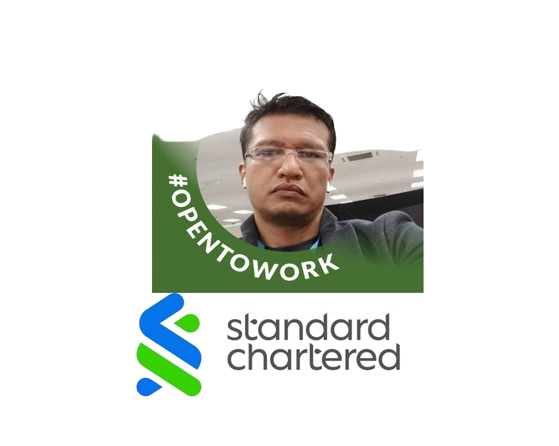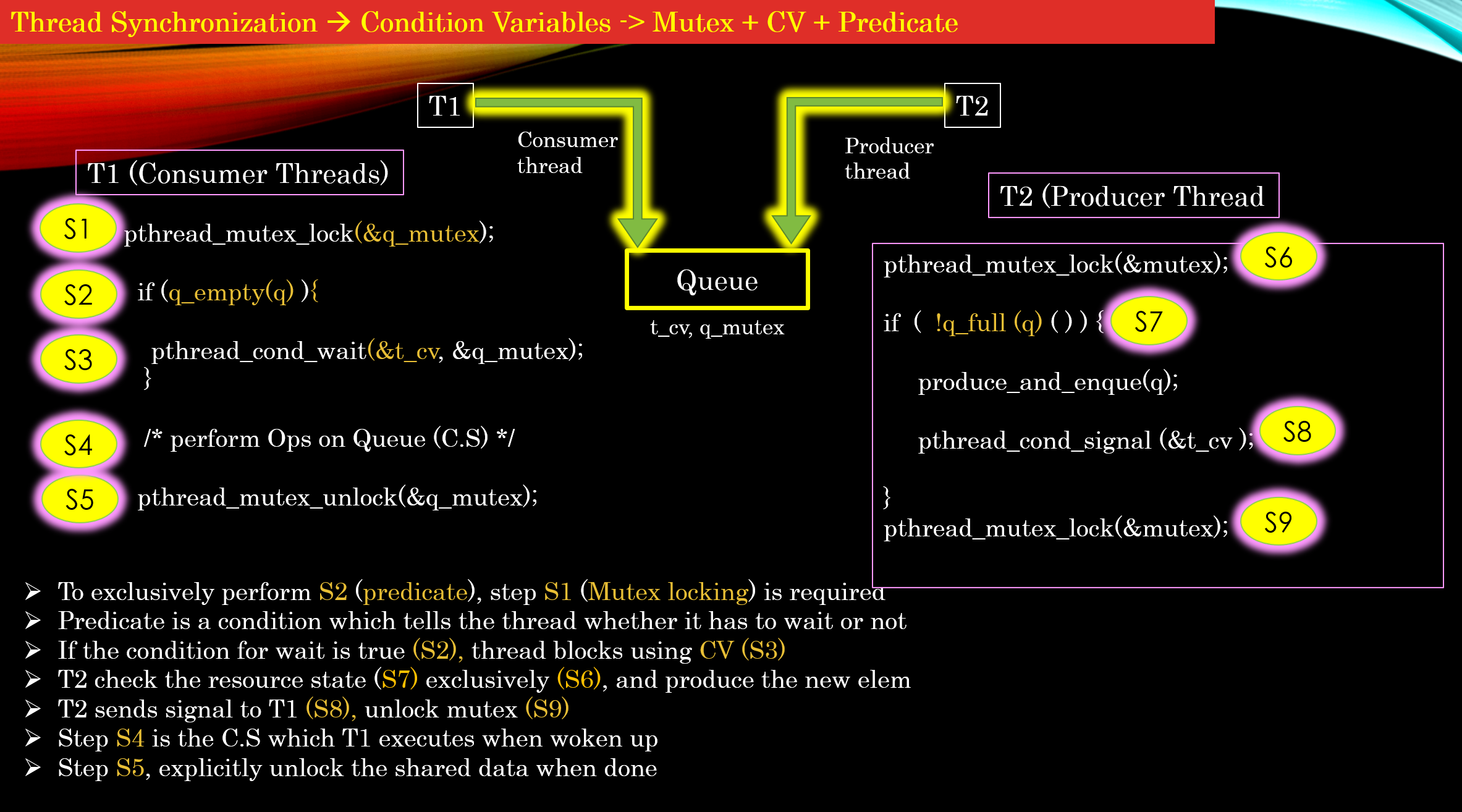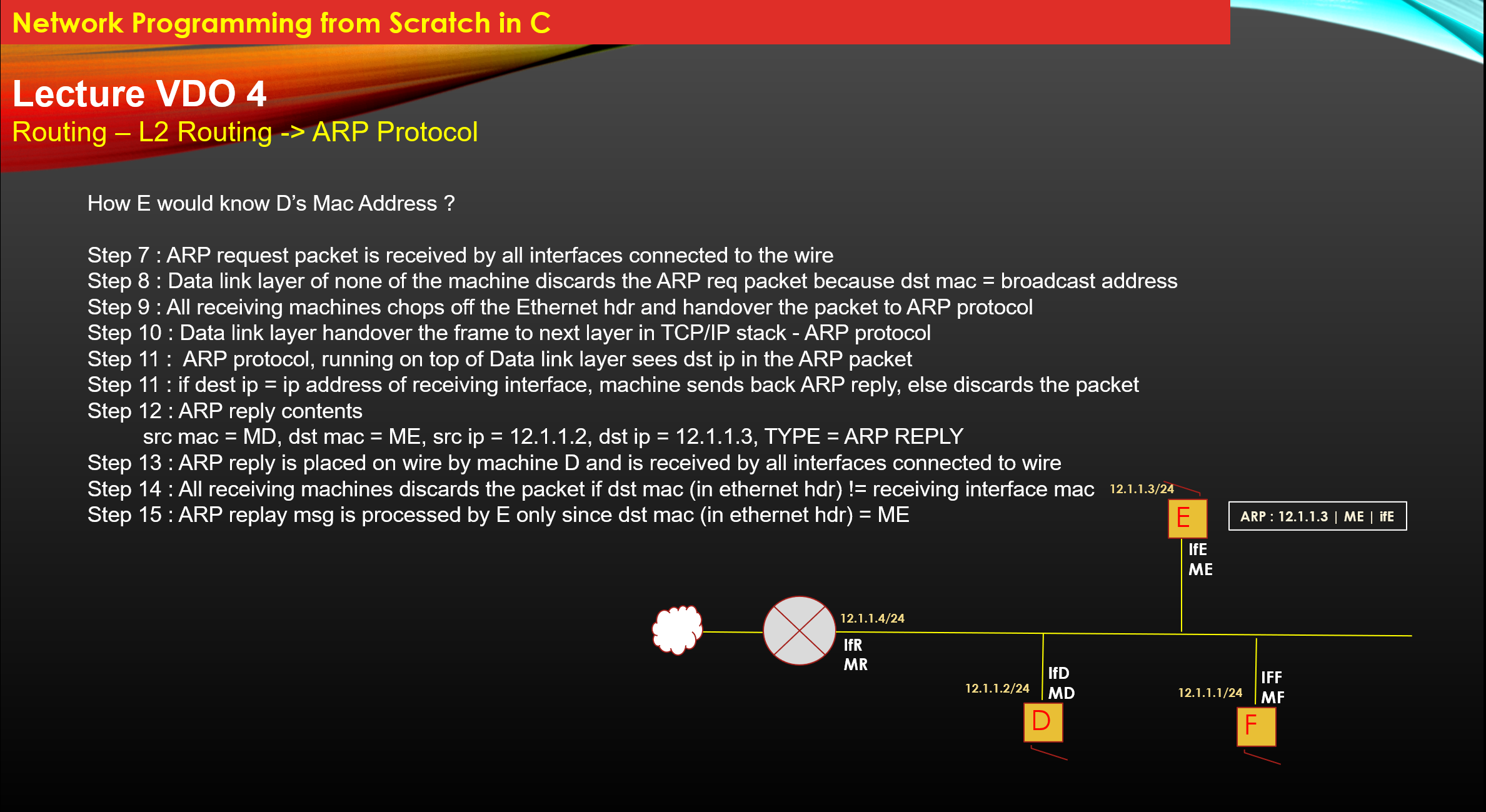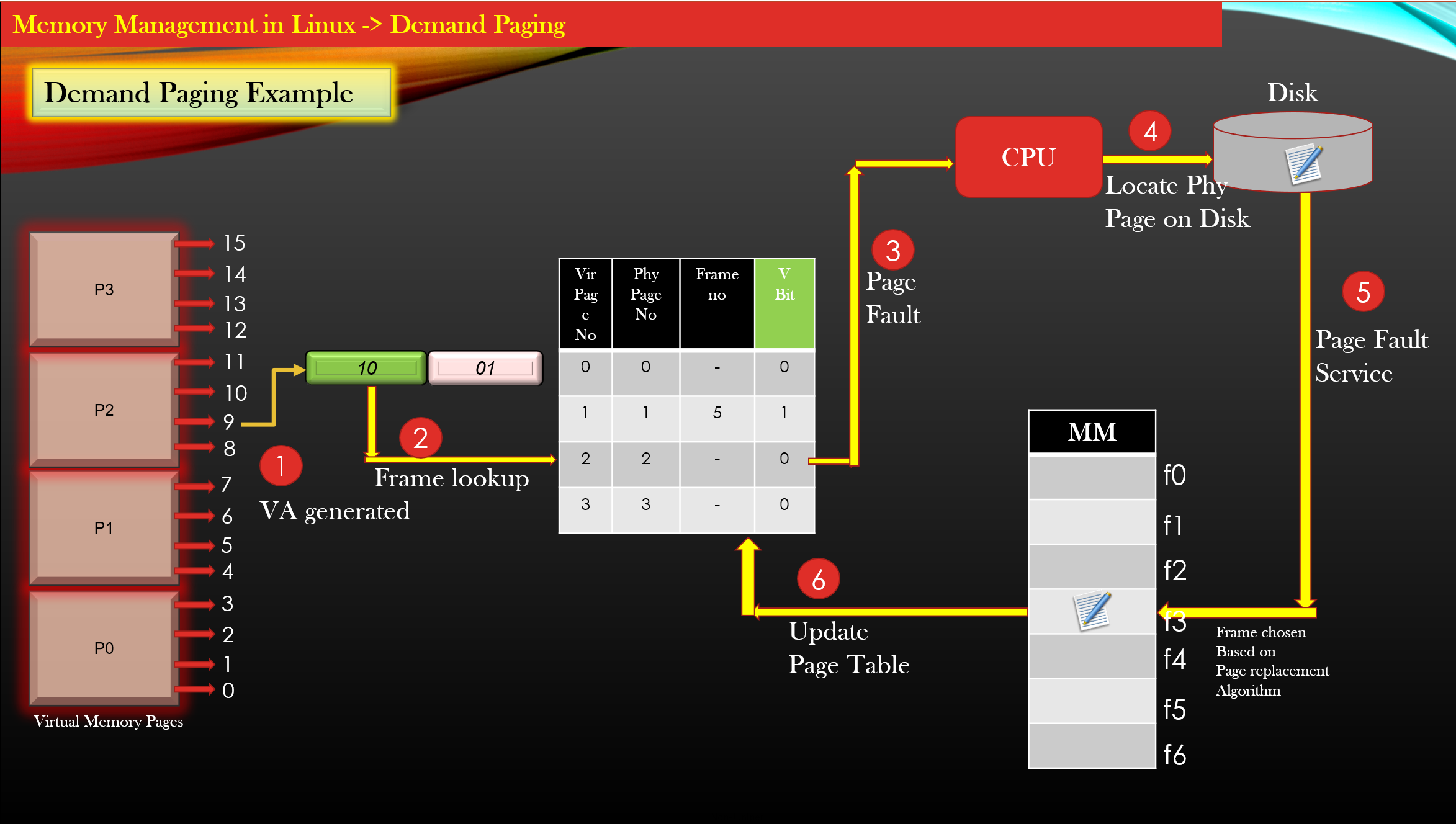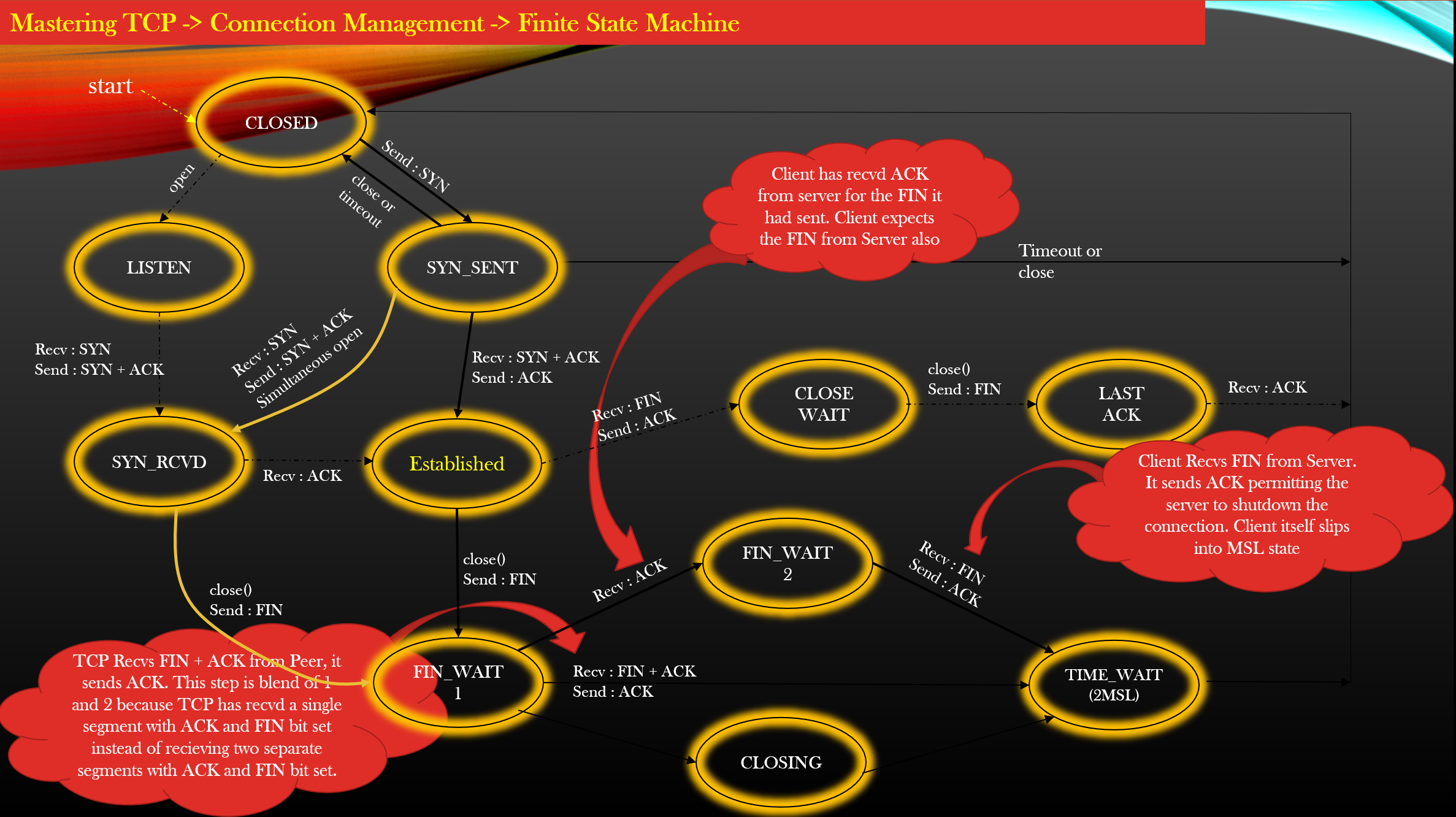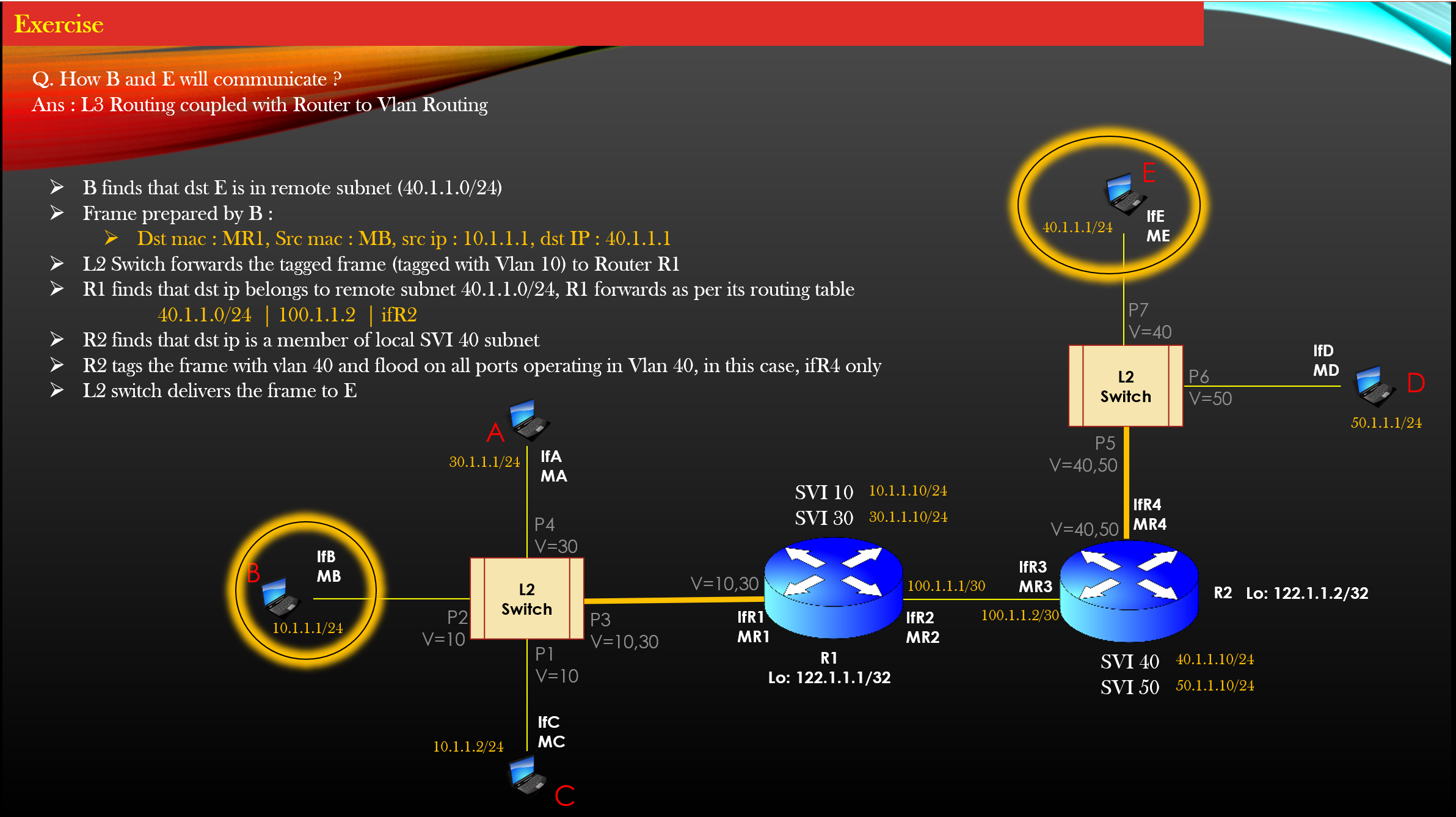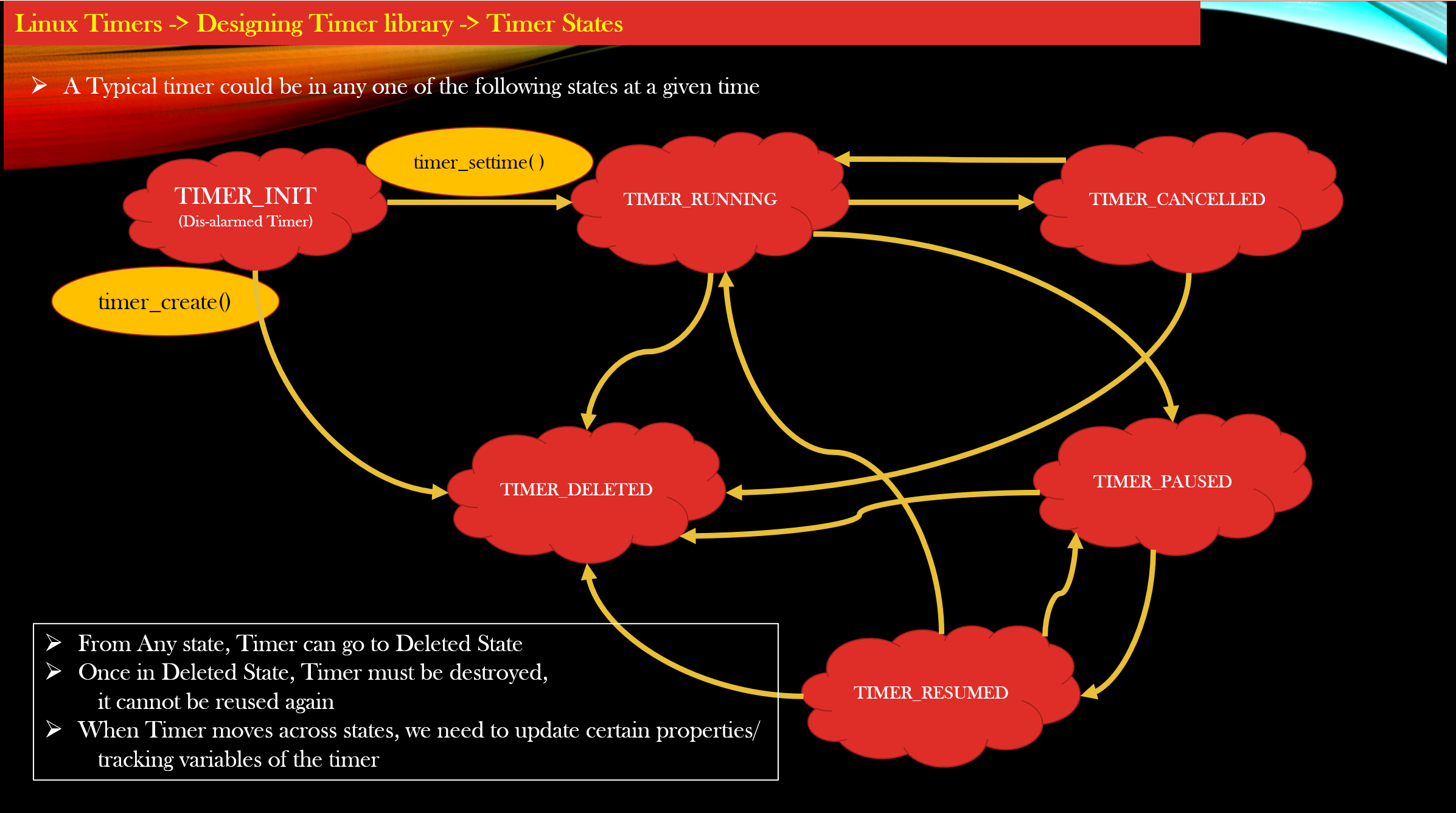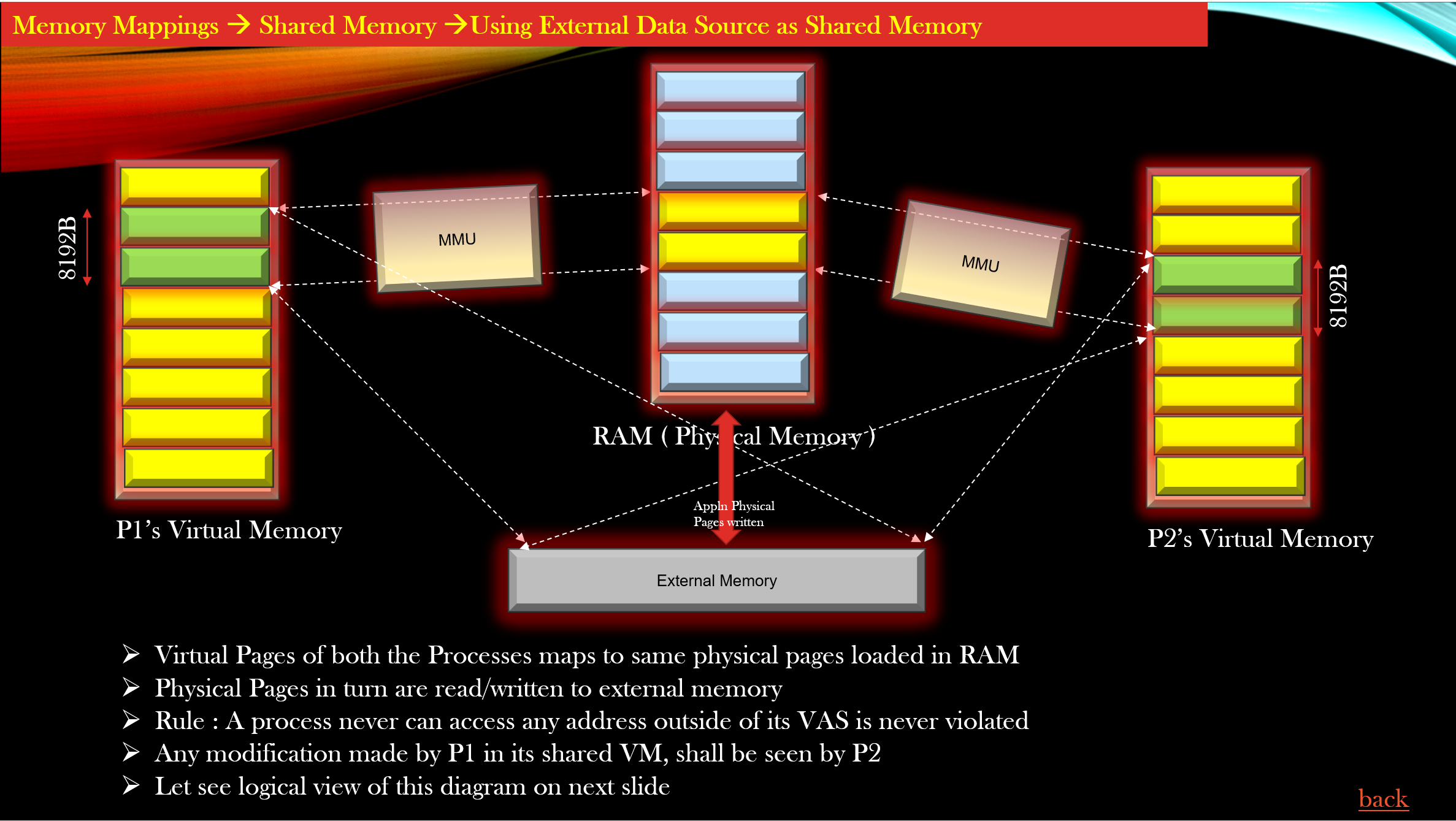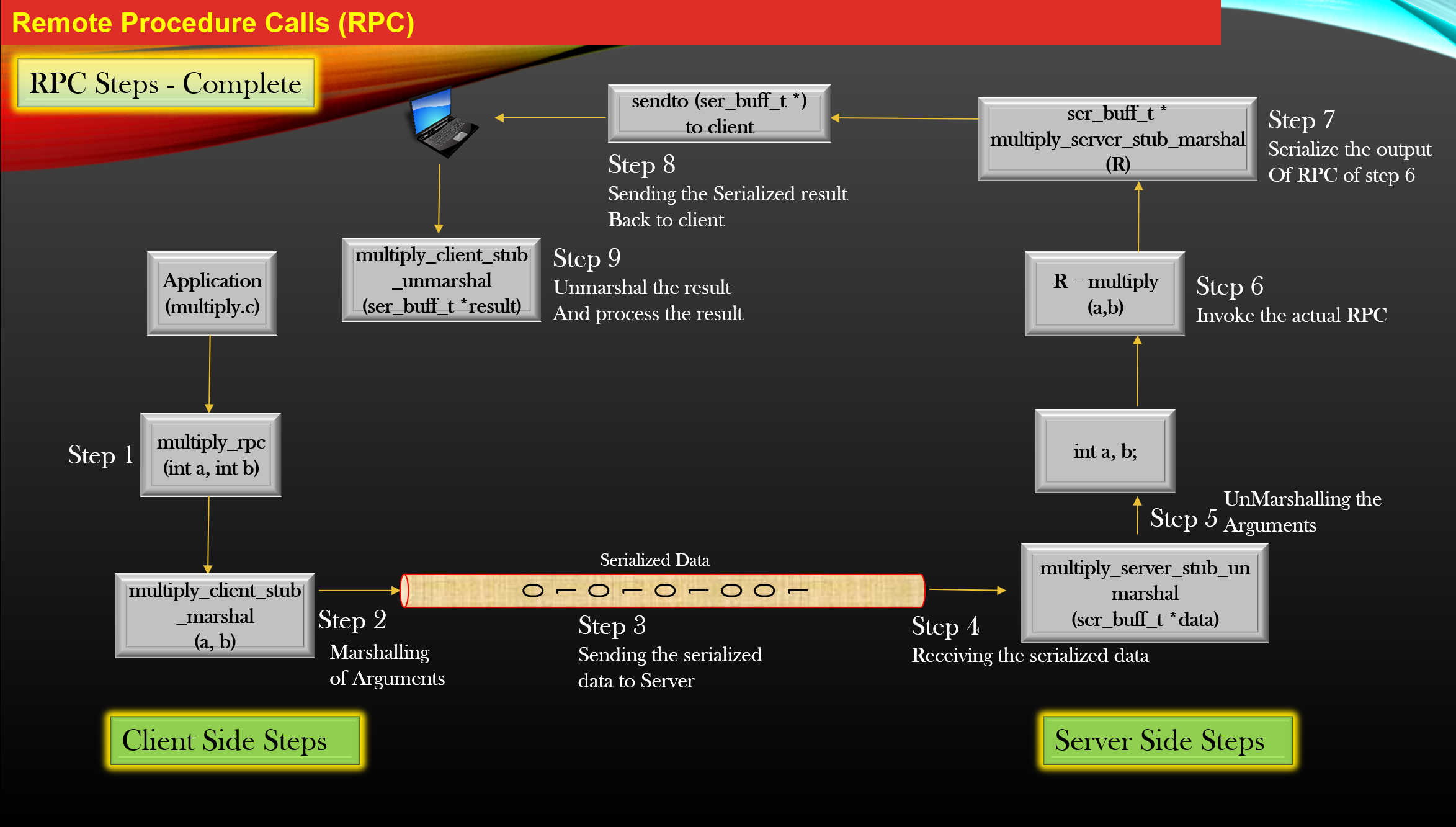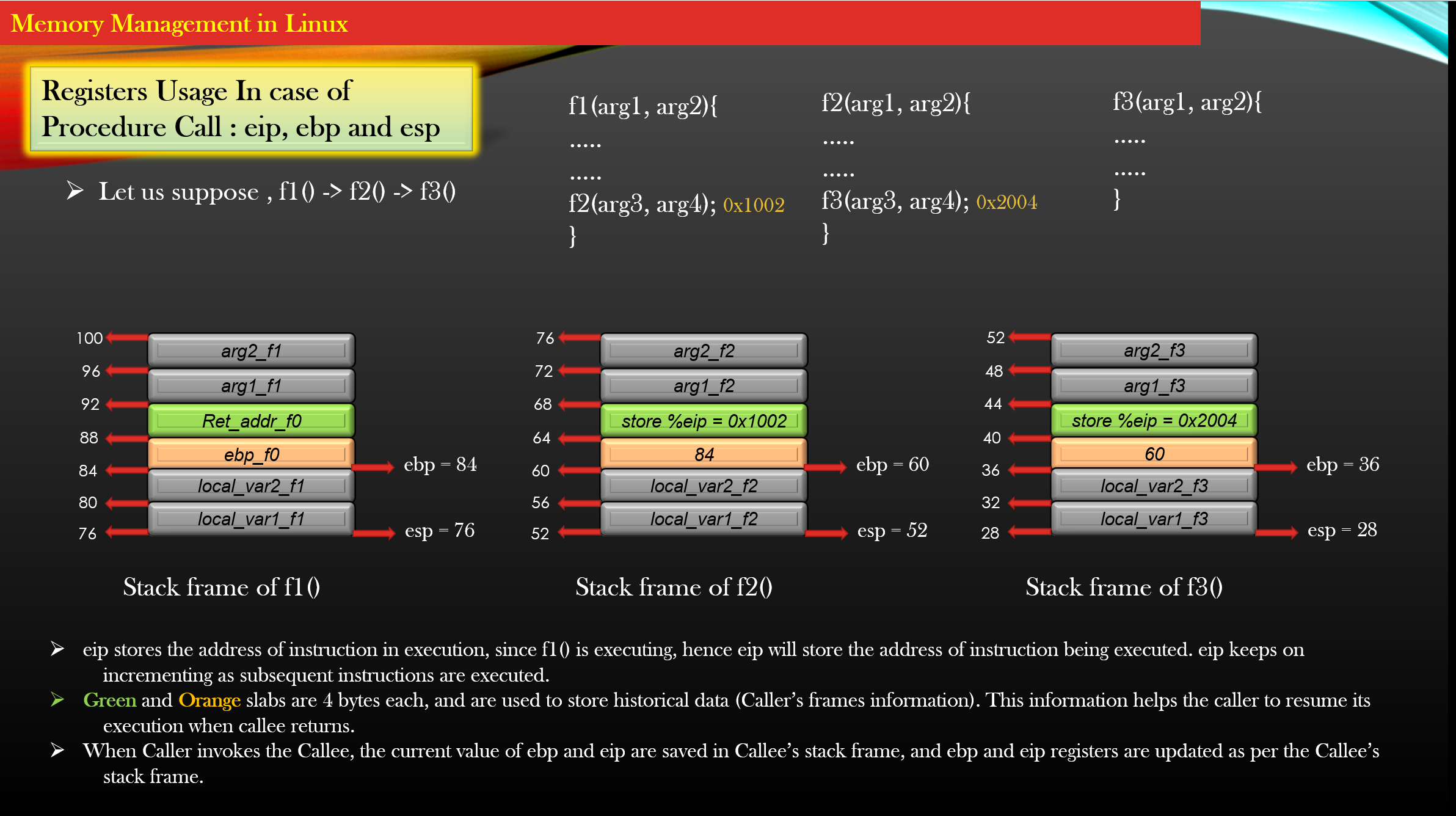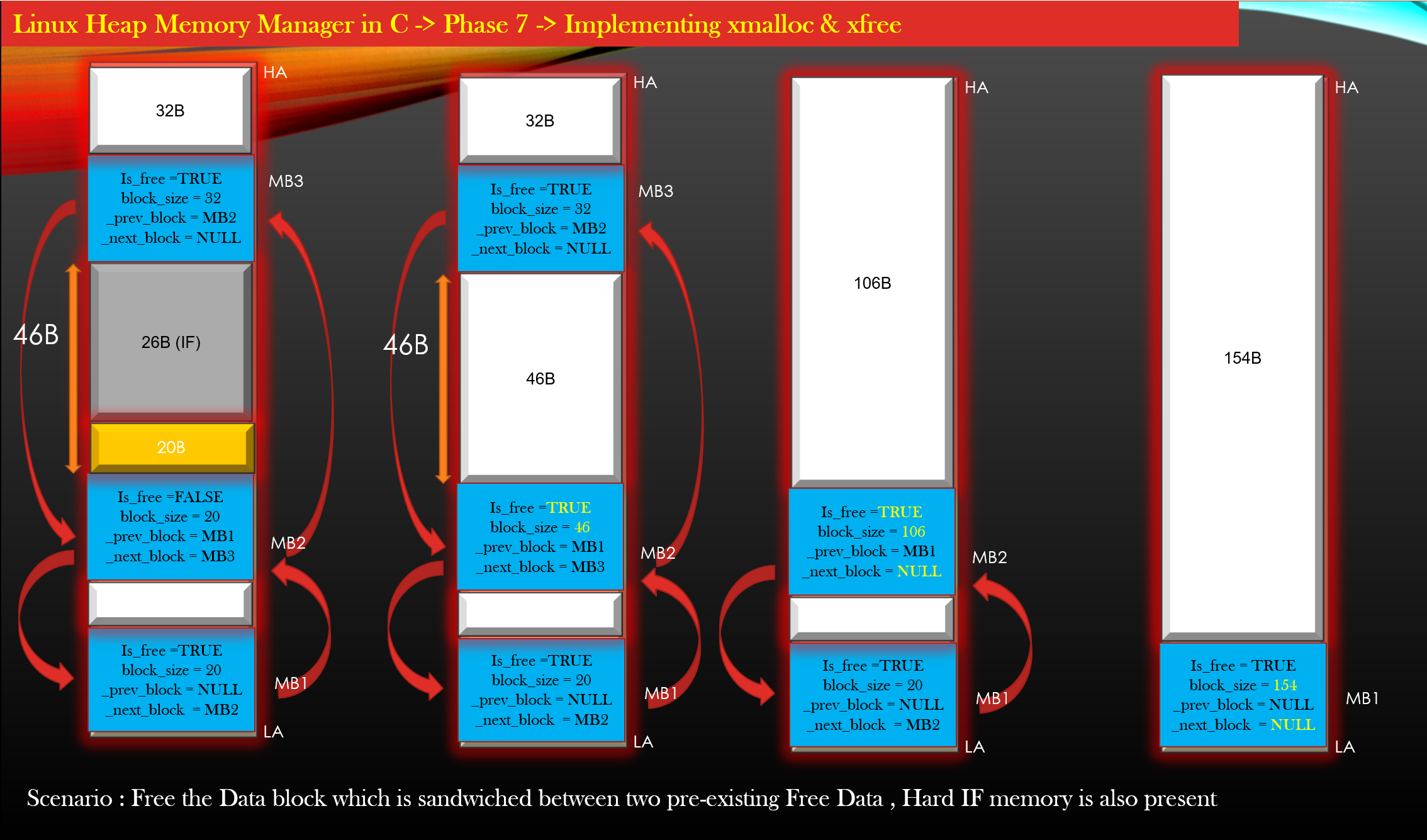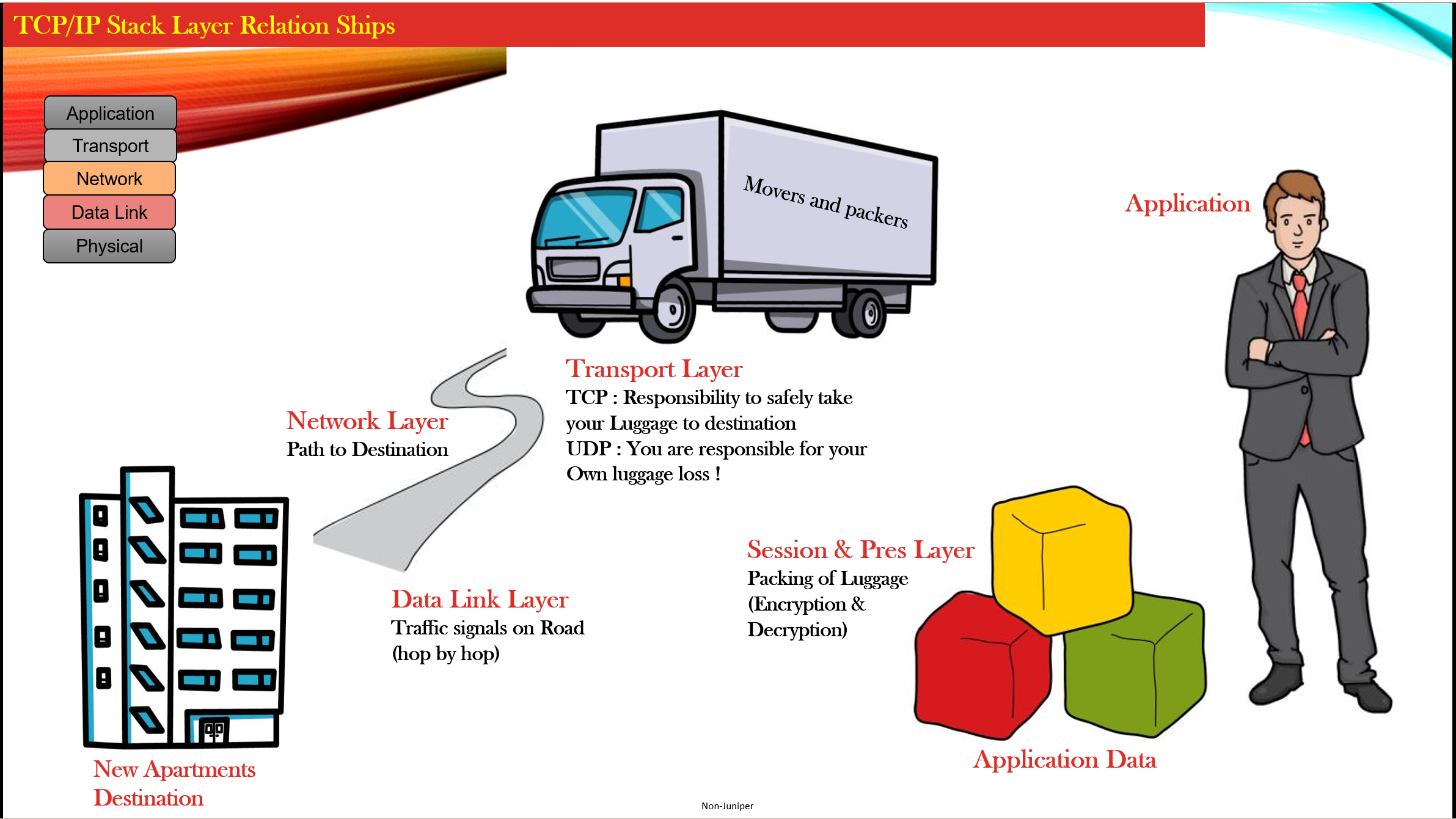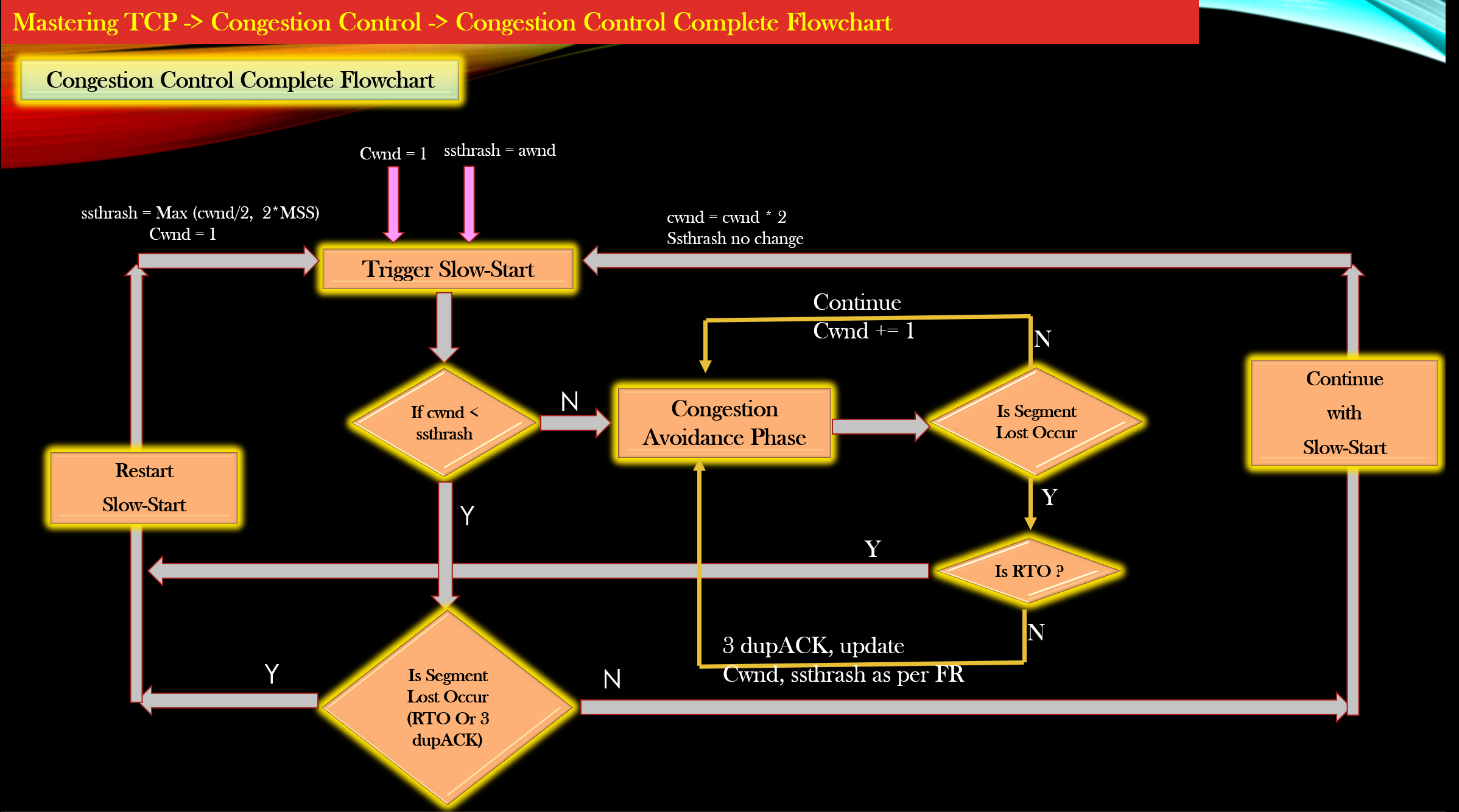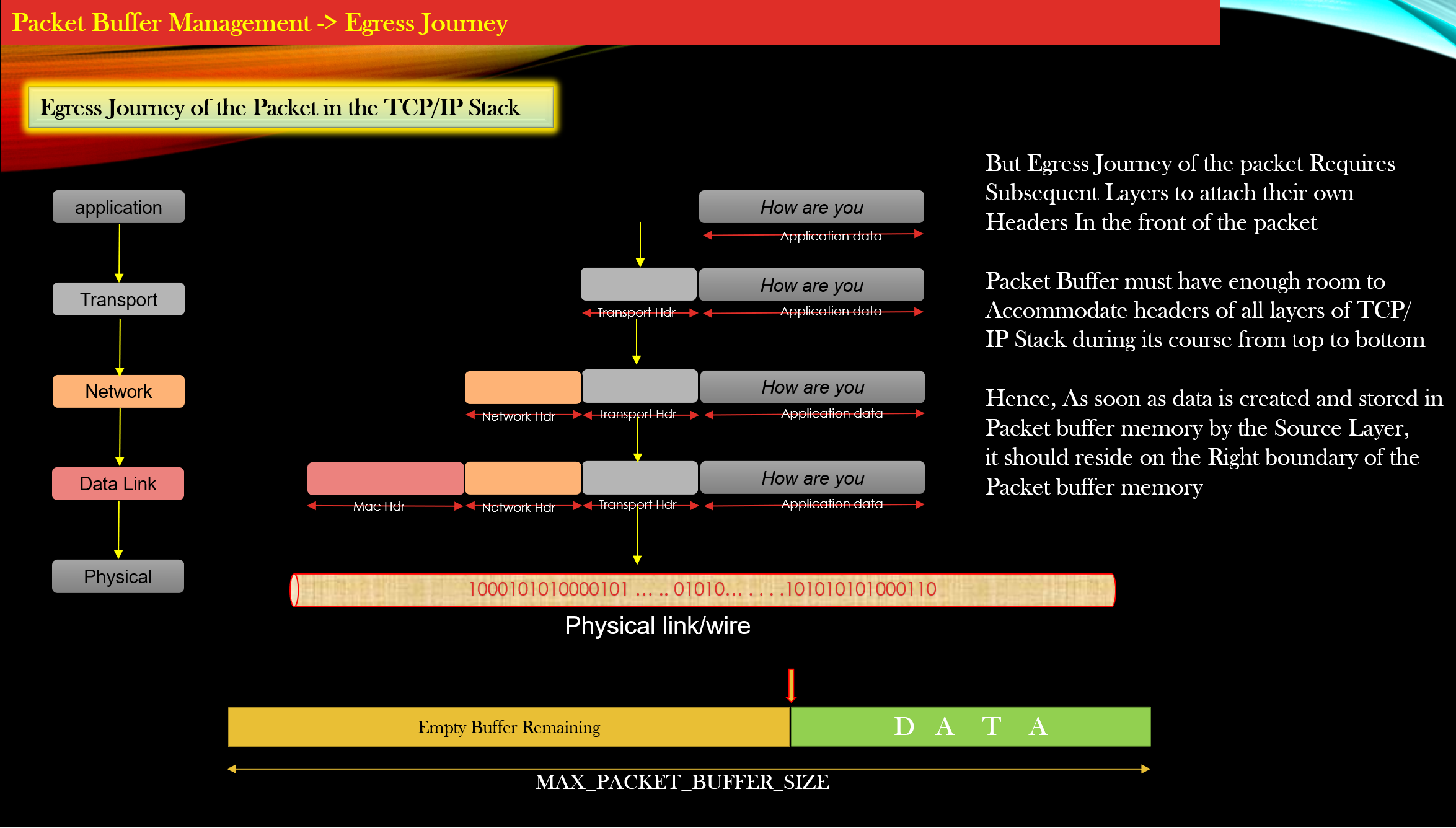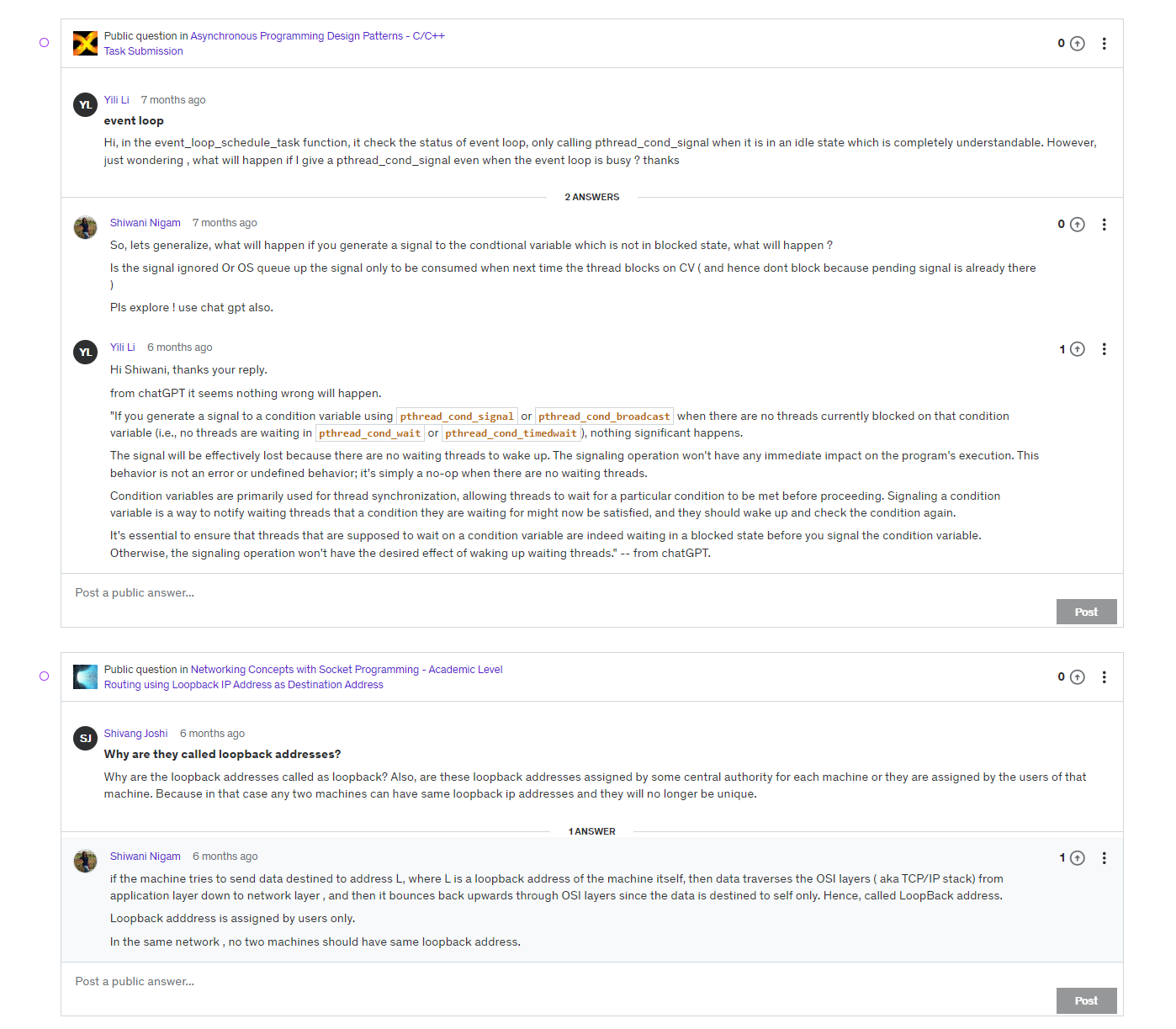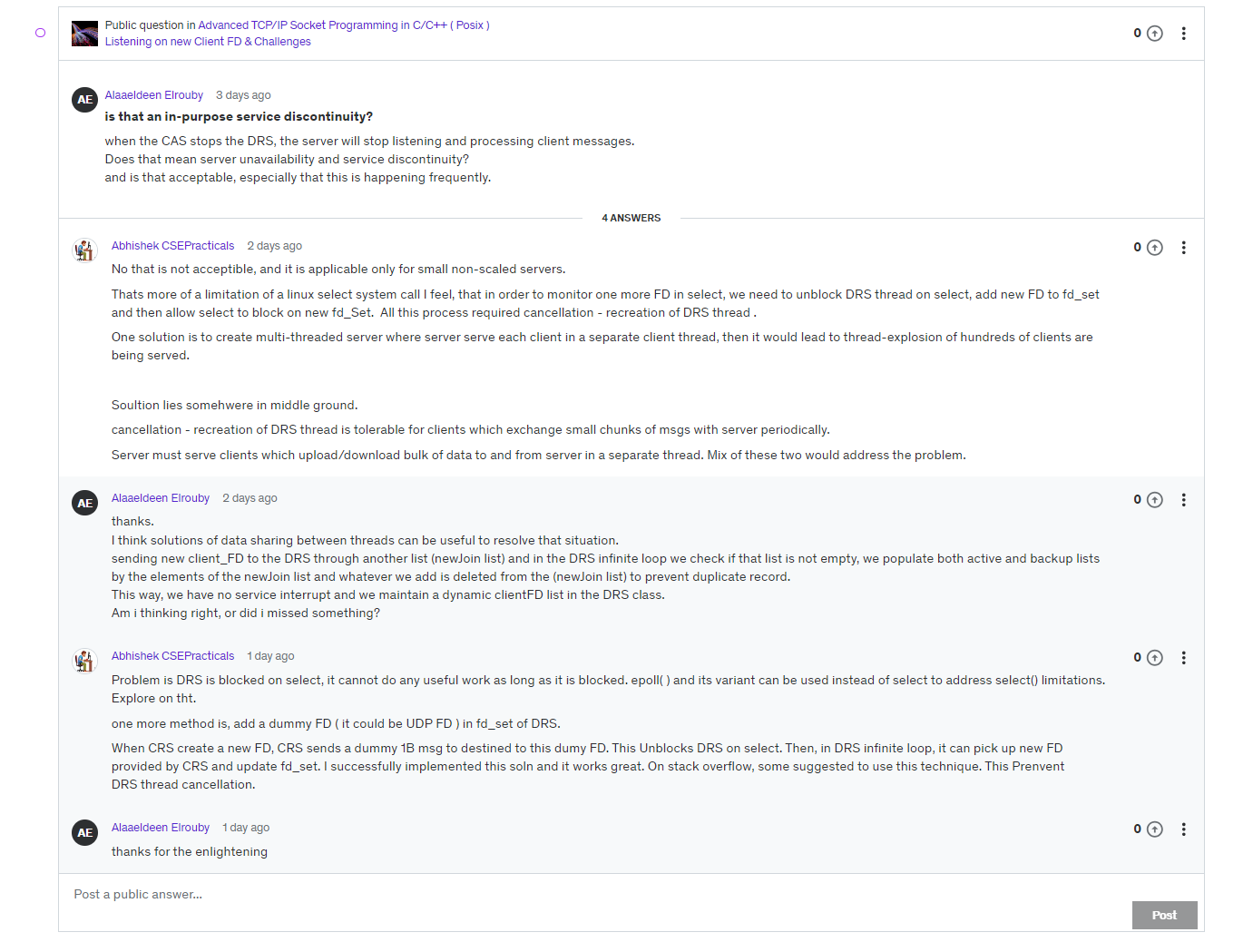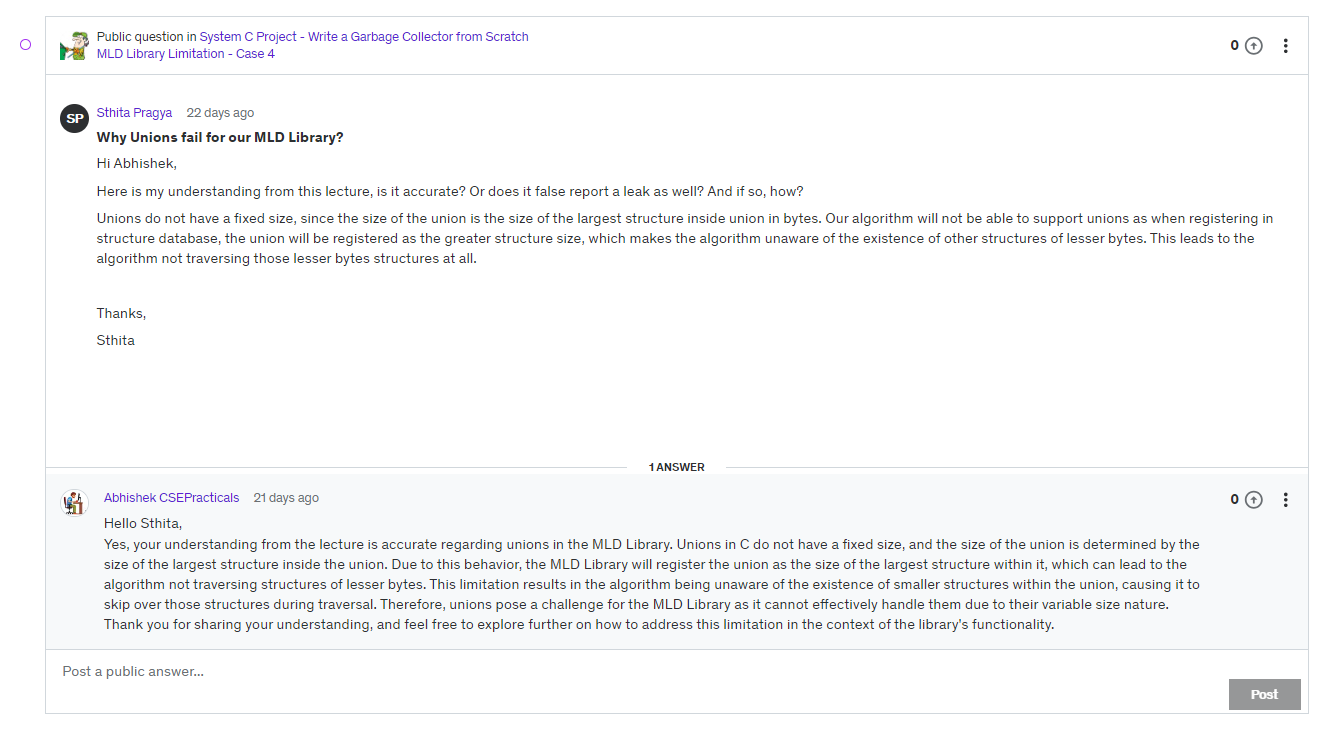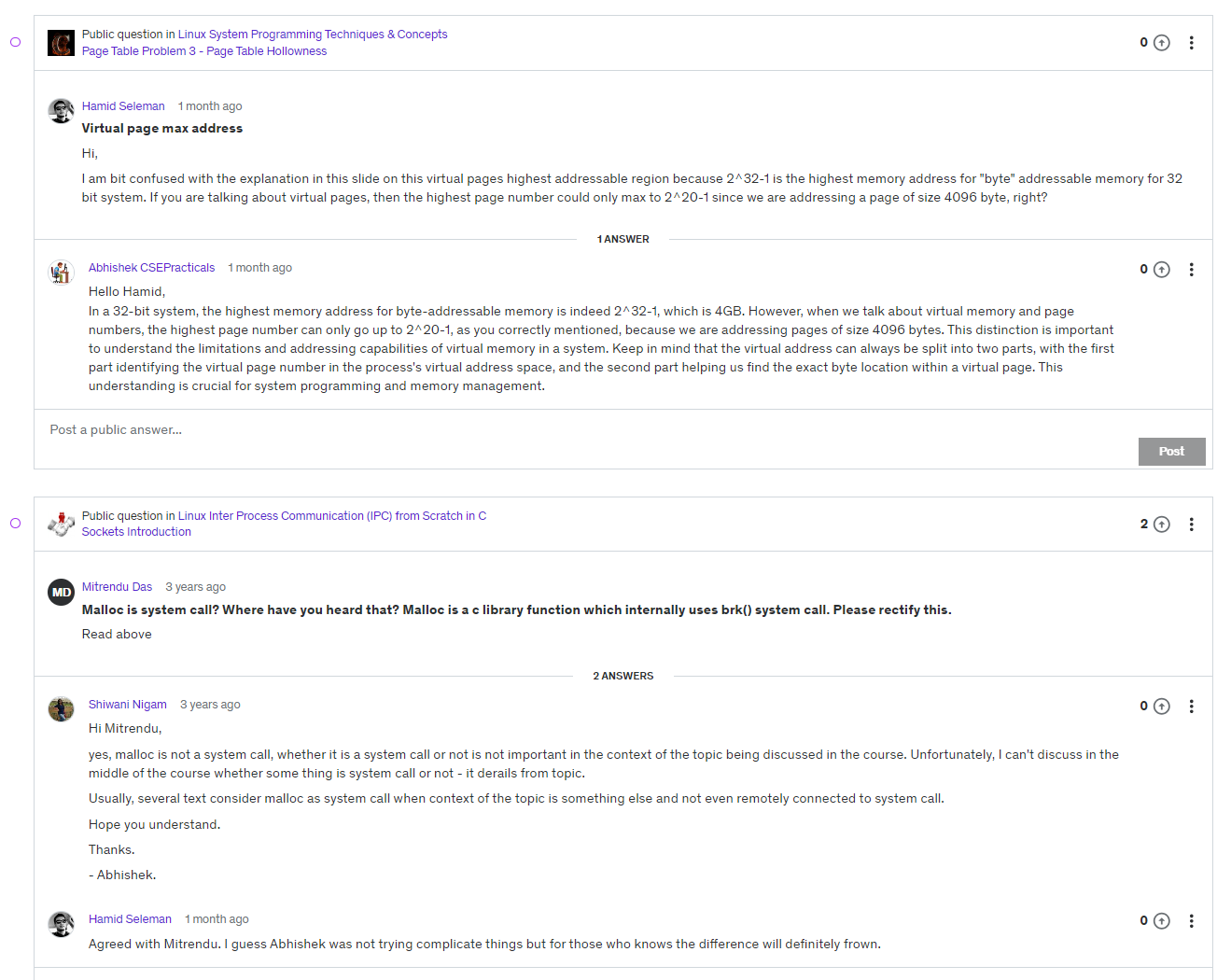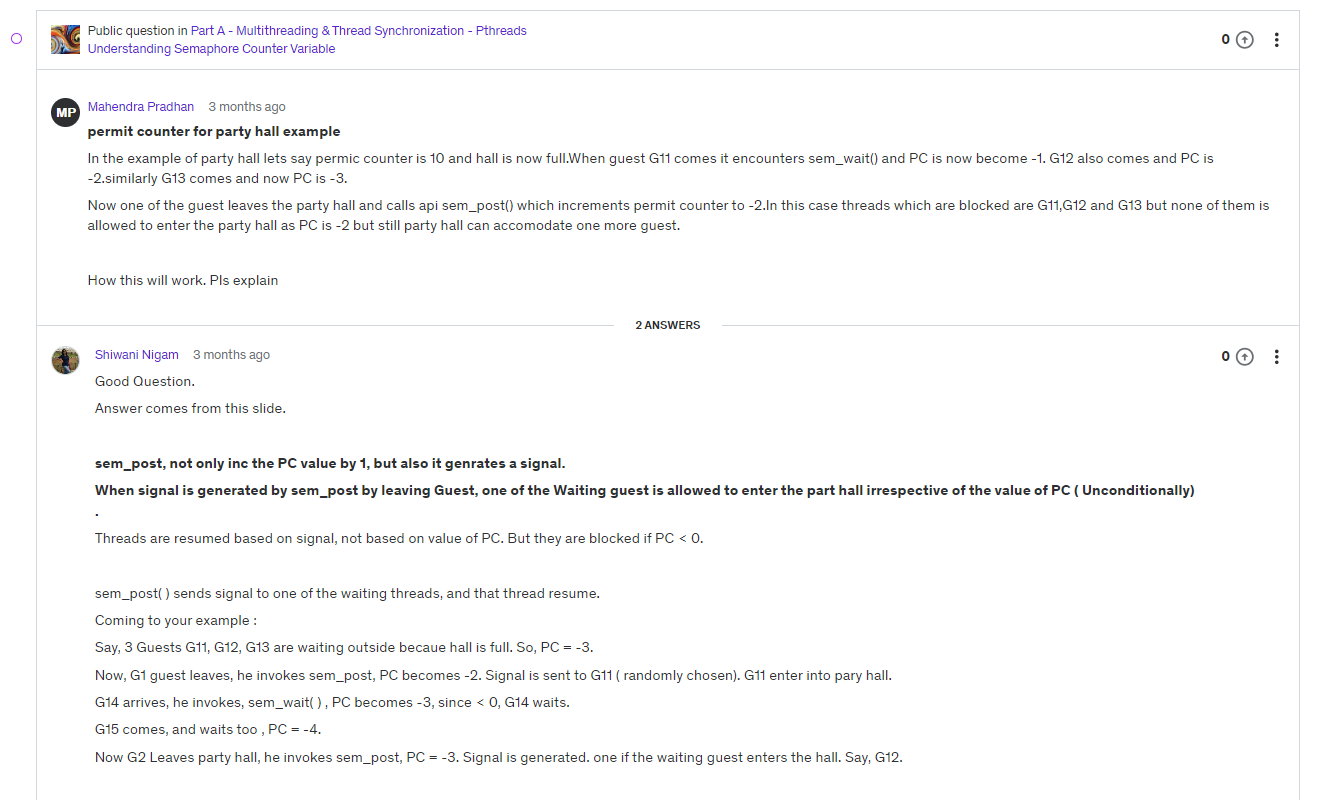CSEPracticals - System Programming and Networking Development Courses
Only Projects and Courses - No DS/ALGO/CP !
Exclusively for Developers
Network/Cloud Developers
Embedded Developers
Platform/Hardware Engineers
Linux & System Developers
Distributed Systems Developers
Kernel Developers
Device Driver Developers

Disclaimer
We are dedicated to delivering top-tier education, fortified by comprehensive theoretical foundations, conceptual elucidation, and practical demonstrations. Our curriculum spans from intermediate to advanced levels, offering a diverse array of projects. We unequivocally state that our project-based courses are tailored for individuals beyond the novice level.
Our mission is to empower you with the knowledge and expertise to excel as an exceptional engineer. We refuse to exploit our students under the guise of trendy acronyms like FAANG, MAANG, or GYAAN. We do not make false promises of placement assistance or boast about partnerships with specific companies. Our sole commitment is to impart genuine, high-quality knowledge and skills. If you seek shortcuts, we respectfully request that you look elsewhere.
What you will learn:
🎯 Advance C/C++ Programming Concepts
🎯 Understand Linux User space programming skills
🎯 System Programming Concepts, System Calls, Socket Programming, Signals
🎯 Advance debugging, Deep Network packet inspection (DPI) using debuggers or Coding
🎯 Write your own packet capture tool like WireShark
🎯 Asynchronous programming - Event Loops, Semaphores, Wait n Signals
🎯 Implement Heap Memory Manager, Memory Leak Detector, Garbage Collector in C
🎯 Writing Makefiles, Linking, Schedulers
🎯 Learn and Implement Inter-process communication methods (IPCs), remote procedure Calls ( RPCs )
🎯 Implement Timer Library ( Wheel-Timers, Hierarchical Timers ) from Scratch in C/C++
🎯 Encoding and Decoding Network Packets, Parsing Network Packets, Data-(De)Serialization, TLVs
🎯 Build Network Simulator and build you own TCP/IP Stack Layer on top of it
🎯 Advance Data Structures such as Longest prefix match enabled IPV4 Routing tables, Access control list, bitmap arrays, Circular Buffers
🎯 Build your own Network protocol ( such as OSPF ) in C from scratch, that includes, cooking and parsing of packets,
🎯 Implement Link state DB mgmt Algorithms, Use timers to control protocol behavior, Routing table calculation etc.
🎯 Build your own Thread Synchronization tools such as Wait Queues, Assembly line, read-write locks, Custom Semaphores
🎯 Learn Multi-Threading Design Patterns using pthreads
🎯 Implement Stateful Algorithms, Used to implement State machine driven problems
🎯 Understand TCP Internals in detail - 3 way handshake, connection mgmt, Window mgmt, Congestion Control
🎯 Write Parsers and Implement Relations DBMS from Scratch in C/C++
🎯 Network Concepts ( L2, L3, L4, L5 Complete )
What our Students are Saying ..
Sample Lecture Videos
Active QnA Support

Videos with Full of Animations, Diagrams and Details
A Conceptual Lessons before A coding Lecture ..


Useful Assignment which compliments the Lecture Or the projects
Unlimited instant QnA - through Udemy QnA Portal, Ezycourse chat or Instagram Group .. Multiple Channels ..
Communicate directly with the instructor with just one click ..


Celebrate your own Project Inventions, Use self-developed engineering projects in day-to-day life -
your own RDBMS, Memory manager, Socket Library etc ..
Why Choose Us ?

QnA Assistant

LIVE instructor assistance in person

Project Based Courses
Site Statistics

Active Courses

Total Reveiws

Average Rating

Total Students









